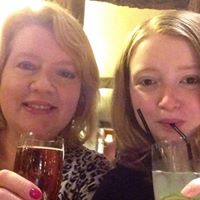What happens to the sugar content of fruit during the process known as bletting?
Bletting is a process of softening that certain fleshy fruits undergo, beyond ripening. There are some fruits that are either sweeter after some bletting, such as sea buckthorn, or for which most varieties can be eaten raw only after bletting, such as medlars, persimmons, quince, service tree fruit, and wild service tree fruit ("chequers"). The rowan or mountain ash fruit must be bletted and cooked to be edible, to break down the toxic parasorbic acid (hexenollactone) into sorbic acid.
Chemically speaking, bletting brings about an increase in sugars and a decrease in the acids and tannins that cause the unripe fruit to be astringent.
Ripe medlars, for example, are taken from the tree, placed somewhere cool, and allowed to ripen for several weeks. In Trees and Shrubs, horticulturist F. A. Bush wrote about medlars that "if the fruit is wanted it should be left on the tree until late October and stored until it appears in the first stages of decay; then it is ready for eating. More often the fruit is used for making jelly." Ideally, the fruit should be harvested from the tree immediately following a hard frost, which starts the bletting process by breaking down cell walls and speeding softening.
More Info:
en.wikipedia.org







